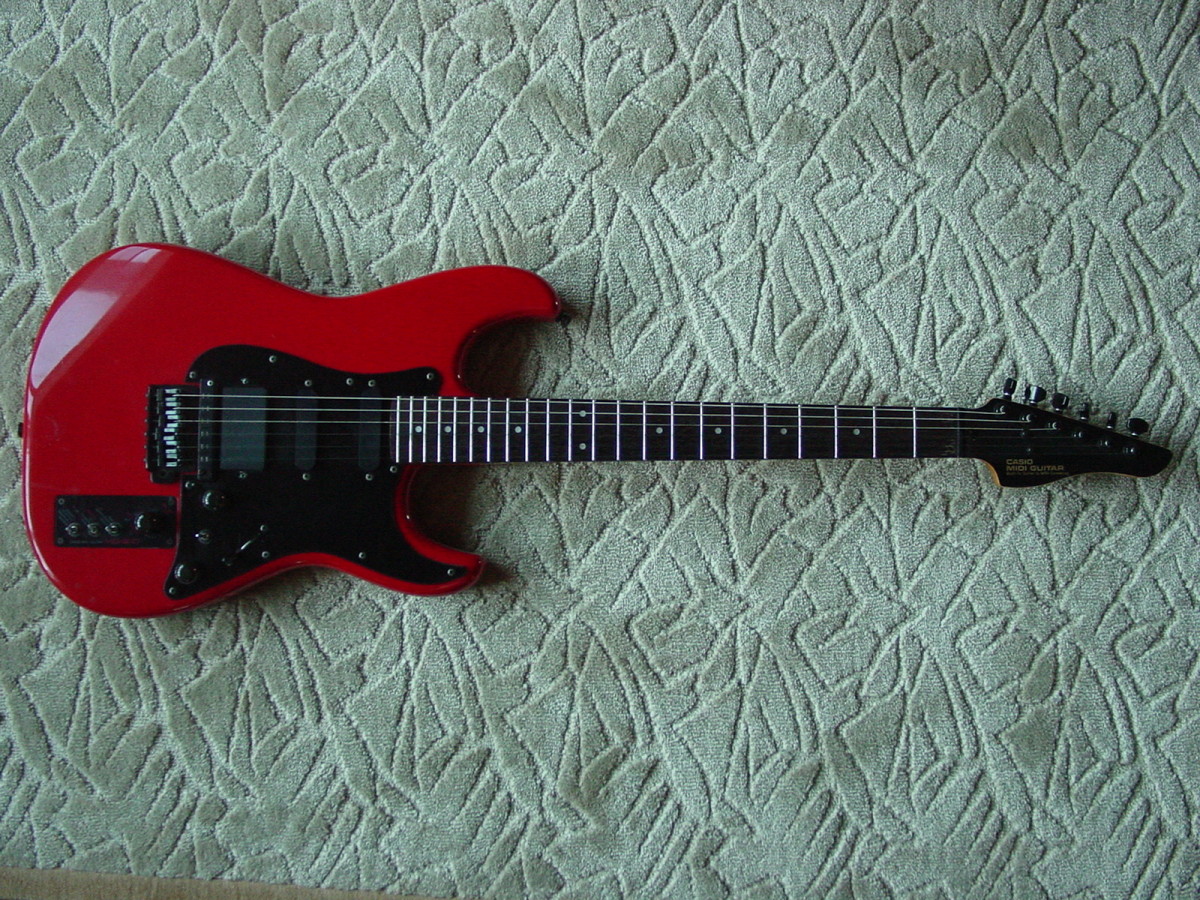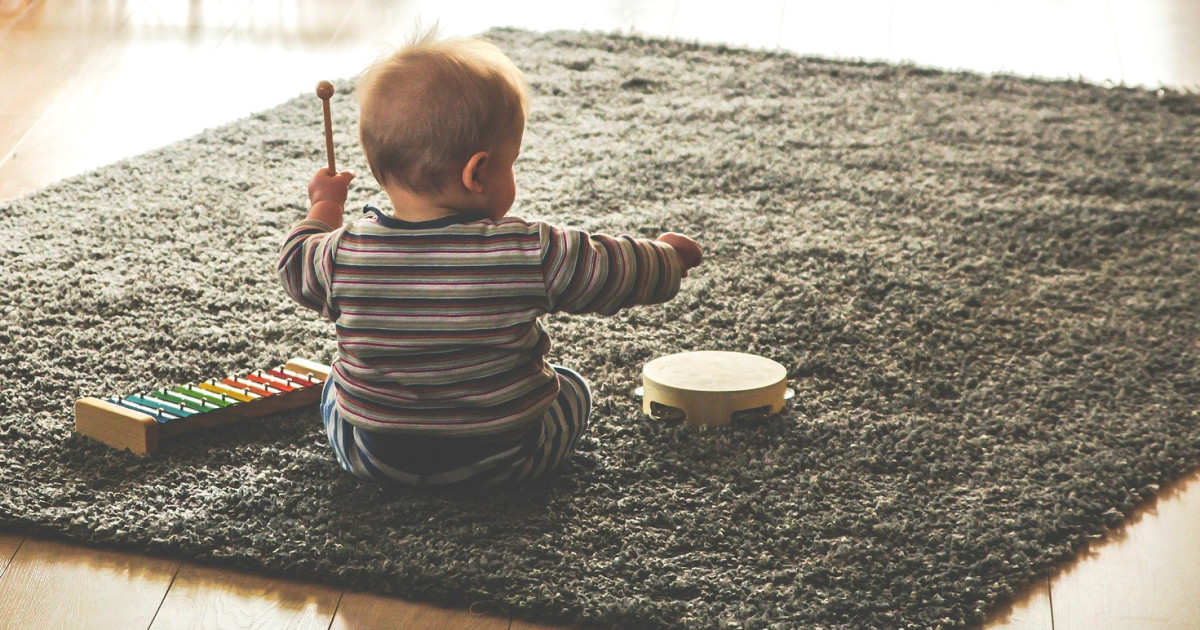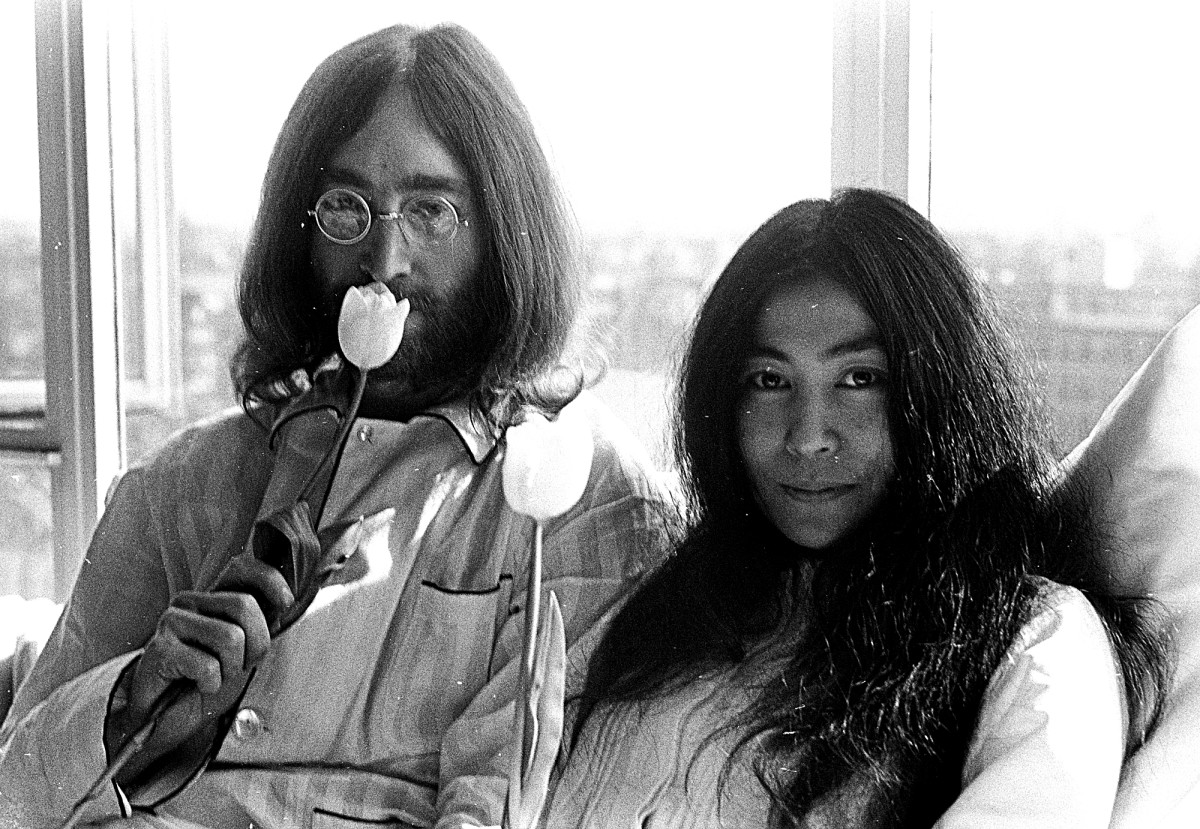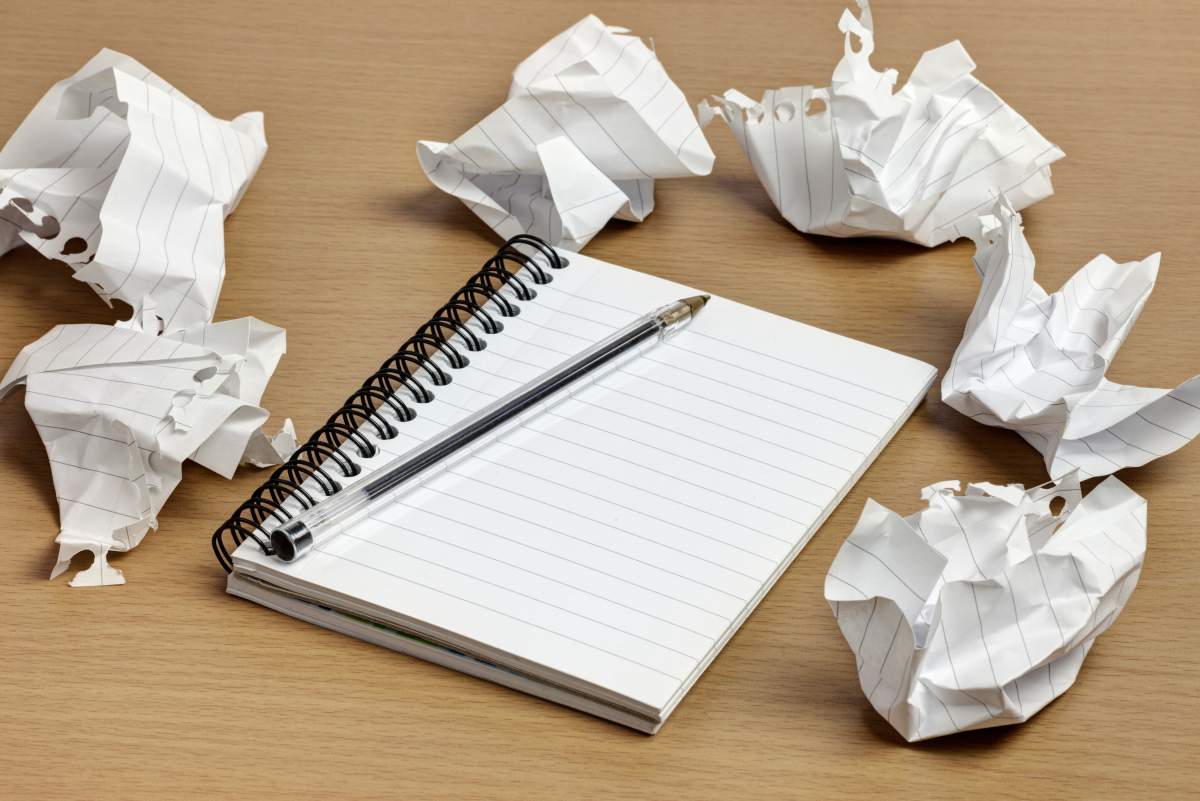Banjo Basics for Those Considering Purchasing One
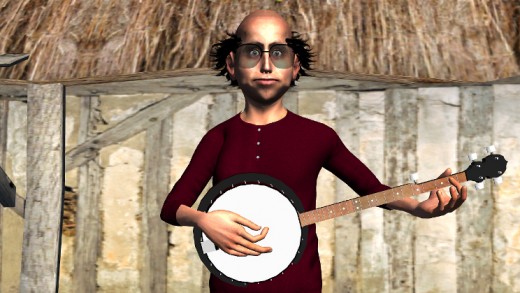
One of the instruments I play is the banjo. It was not my first instrument, so by the time I decided to give it a try, I did have some knowledge of music theory. I had been playing guitar for a good number of years. That obviously made it a lot easier for me to learn the instrument. But if you are new to music or even someone who plays other instruments, I can give you a quick rundown that may help you to decide as to whether or not you should give the banjo a try.
First of all, you can get a decent banjo at an affordable price. I picked up a good one for around 150 dollars. It plays nice, sounds nice and it was well made. It was one from Jameson guitars. I had actually looked things up on the internet to see if I could find information regarding good affordable banjos for new players. Jameson was one of the brands recommended and had some pretty good reviews. Overall, I am happy with the instrument that I had purchased.
Like I have already stated, I was a guitar player before trying the banjo. There are lot of similarities between the two instruments. They are both stringed and fretted instruments that are plucked, for starters. There are two popular varieties of banjos and they are the 4-string and the 5-string.
The 5-string banjo is primarily used in bluegrass and country. The 4-string banjo will sometimes use a different tuning. One variety of 4-string banjo is the tenor banjo which has a tuning like a tenor guitar or mandola. That tuning is C-G-D-A. the tenor banjo is used a lot in Irish music. You may often hear the term Irish Tenor Banjo.
The tenor banjo is generally played with a regular guitar pick whereas the 5-string banjo is most commonly played using thumb and finger picks. The 5-String banjo is tuned G-D-G-B-D, from the lowest string to the highest. That basically creates an open G chord.
I have been a finger picker for years on the guitar. so I did have some coordination as it would apply to using my fingers to pick strings on an instrument. However, the thumb and finger picks used for a banjo have a significantly different feel than just picking the strings with your bare fingers. Picking with the finger picks is also louder than if you were to pick with your bare fingers.
One reason that finger picks and thumb picks are so widely used for the banjo is that for certain types of music it is often used as a solo instrument. The picks allow it to stand out when needed.
Since the thumb picks and finger picks have a different feel to them than your bare fingers, it may take some getting used to. When I first started, I was starting to worry that I might not ever get the hang of it. But after a couple of weeks, I sort of caught on.
I can't really give too much detail regarding the Irish Tenor banjo since I don't own one. However, I could probably learn it rather fast since the chord voicings are very similar to that of the mandolin, which is another instrument that I play. I could play mandolin tunes on the tenor banjo and the only difference would be that it would be in a different key. So if you know how to play the mandolin, you could play the Irish Tenor banjo, you'll just need to know how to transpose things.
A standard 4-string banjo is most commonly tuned the same as the 5-string banjo. It just lacks the high G string that the 5-string banjo possesses. The standard 4-string banjo is used more for dixieland jazz music.
You have open back banjos as well as closed back banjos. It can be a matter of preference but I prefer the closed back for a variety of reasons. One reason is that there can be some variations in volume level with an open back banjo. When pressed up against you, the sound will be muffled but if you pull it away from your body, it will be louder. I prefer a more consistent volume level and I have gotten the hang of picking harder or softer when necessary. It took me a while to get the hang of that but I can do it now.
As far as amplification goes, you could either use a transducer on a banjo or simply mic it. I have seen some good quality transducers for the banjo that cost around 100 dollars or so. I prefer that over using a microphone for it. Especially if you sing. Isolating your singing from you banjo playing might be difficult in a live performance setting. Banjos generally don't come with built in electronics unless you want to fork out a little more money.
The banjo can be a little loud. So your practicing could be a bit annoying to others. What I did to muffle mine a bit was stuff a piece of foam under the strings behind the bridge. It was a rather hard foam, so it kind of muffled the banjo's head. It did reduce the volume level some. You can also buy items to mute the banjo for practice purposes and you may also look up muting a banjo on YouTube for various muting techniques. The open back banjo is probably a lot easier to mute since you could basically stuff something in the back of it in order to do so.
The strings on a banjo seem to be quite durable in spite of the fact that I use metal finger picks. To tell you the truth, I was quite surprised by that fact. I figured the strings would pop quite frequently but that was not the case.
Since I was a finger picker on the guitar, picking the banjo with my fingers, even with use of the metal finger picks, came easier to me than it most likely wood for someone who never did. I do know some people who never finger picked a guitar who had taken up the banjo and they had a harder time getting the hang of picking the banjo with the finger picks and thumb pick. So that might be a matter of consideration for you, when deciding if you want to purchase a banjo.
As far as chords go, they are fairly easy to learn on the banjo. you should probably get a banjo chord book at the same time you buy the banjo or go to a website that has the chords and print them out. There are a lot of good learning resources online and most are free.I offer banjo chords on my own website. the link is http://drpsychotic.com/banjo/index.html and to learn the chords for the Irish Tenor banjo, you could learn the mandola chords and scales, which are basically the same and I have those on my site as well. The link for that is http://drpsychotic.com/mandola/index.html
You could also find instructional videos on YouTube. Some are introductory videos that you may want to view before making that final purchasing decision. Check them out. It couldn't hurt.
Well, that's pretty much it. I hope I have given you enough food for thought before you decide to take that first bite. hey, who knows, you might actually pick it up rather quick. You never know.

